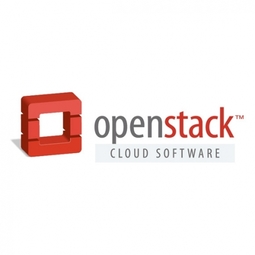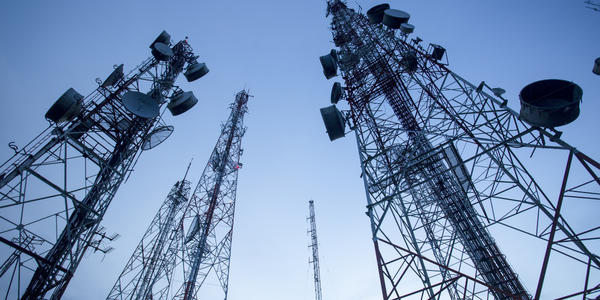Customer Company Size
Large Corporate
Region
- America
Country
- United States
Product
- OpenStack
- Avi Networks Next-gen ADC
Tech Stack
- REST API
- OpenStack Horizon
- Puppet
- Ansible
- Heat
Implementation Scale
- Enterprise-wide Deployment
Impact Metrics
- Digital Expertise
- Productivity Improvements
Technology Category
- Application Infrastructure & Middleware - API Integration & Management
- Platform as a Service (PaaS) - Connectivity Platforms
Applicable Industries
- Telecommunications
Applicable Functions
- Business Operation
Use Cases
- Edge Computing & Edge Intelligence
- Remote Control
Services
- Cloud Planning, Design & Implementation Services
- System Integration
About The Customer
Time Warner Cable, a major telecommunications company in the United States, was looking to enhance its application development and deployment processes. With a large corporate structure, the company managed hundreds of internal and external applications across multiple data centers. The central Cloud DevOps team was tasked with managing the OpenStack cloud and setting up policies, while application development teams, known as 'Tenants,' utilized services in a self-service manner through OpenStack Horizon, REST API, and CLI. The company sought to implement a solution that would provide operational simplicity, self-service, and fully automated provisioning, along with enterprise-grade ADC features such as high availability, SSL, and multi-tenancy integrated with Keystone. Additionally, Time Warner Cable required per-tenant isolation of load balancer instances and integration with automation tools like Puppet, Ansible, and Heat. The existing solutions presented challenges, including inflexibility of hardware ADCs, lack of advanced features and high availability in open-source solutions, and complex orchestration of virtual ADCs. The company also faced issues with visibility into VIP configuration and performance.
The Challenge
Time Warner Cable faced challenges in managing hundreds of internal and external applications across multiple data centers. The central Cloud DevOps team was responsible for managing the OpenStack cloud and setting up policies, while application development teams, referred to as 'Tenants,' used services in a self-service manner through OpenStack Horizon, REST API, and CLI. The primary requirements included self-service, fully automated provisioning through Horizon, REST API, and CLI, along with enterprise-grade ADC features such as high availability (HA), SSL, and multi-tenancy integrated with Keystone. Additionally, there was a need for per-tenant isolation of load balancer instances and integration with automation tools like Puppet, Ansible, and Heat. Existing solutions posed several challenges: hardware ADCs were inflexible and required opening tickets for changes, open-source solutions lacked advanced features and high availability, and virtual ADCs involved complex orchestration. Furthermore, there was a lack of visibility into VIP configuration and performance.
The Solution
To address these challenges, Time Warner Cable implemented Avi Networks' next-generation ADC solution, which offered 100% REST API and self-service provisioning by application teams. The solution provided native OpenStack integration for automated provisioning, elastic scale, and multi-tenancy, along with SSL and centralized certificate management. Integrated application monitoring was also a key feature, allowing for faster troubleshooting and enhanced visibility. The implementation of Avi Networks' ADC solution enabled Time Warner Cable to achieve ticketless IT with a self-service portal, eliminating the need for capacity pre-provisioning. The elastic scale feature allowed for dynamic resource allocation, while integrated application monitoring facilitated faster troubleshooting. The solution accelerated OpenStack adoption within the company, enabling faster application development and deployment. The load balancer provisioning time was reduced from days to minutes, and troubleshooting times were significantly decreased from hours to minutes. Overall, the solution provided Time Warner Cable with the operational simplicity and advanced features it required to enhance its application development and deployment processes.
Operational Impact
Quantitative Benefit

Case Study missing?
Start adding your own!
Register with your work email and create a new case study profile for your business.
Related Case Studies.

Case Study
Vodafone Hosted On AWS
Vodafone found that traffic for the applications peak during the four-month period when the international cricket season is at its height in Australia. During the 2011/2012 cricket season, 700,000 consumers downloaded the Cricket Live Australia application. Vodafone needed to be able to meet customer demand, but didn’t want to invest in additional resources that would be underutilized during cricket’s off-season.

Case Study
SKT, Construction of Smart Office Environment
SK T-Tower is the headquarters of SK Telecom. Inside the building, different types of mobile devices, such as laptops, smartphones and tablets, are in use, and with the increase in WLAN traffic and the use of quality multimedia data, the volume of wireless data sees an explosive growth. Users want limitless Internet access in various places in addition to designated areas.











